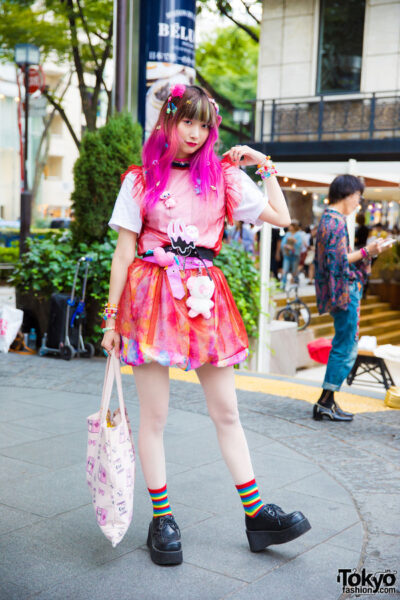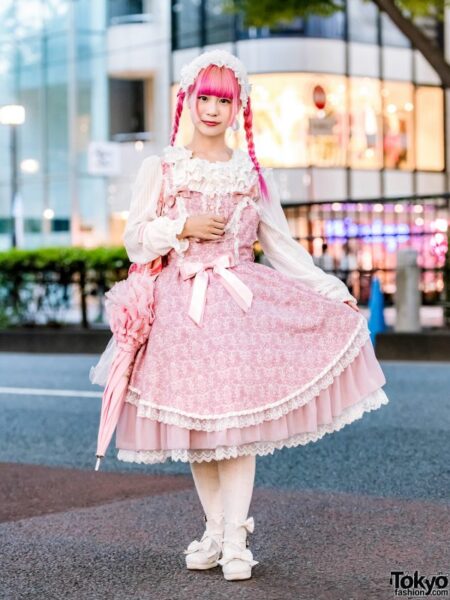Freedom and Precision The Driving Forces Behind Tokyo’s Fashion
Even in the midst of accelerating globalization and easy access to fashion information around the world designers based in Tokyo maintain a originality that is unlike anywhere else Their penchant for combining disparate elements is made possible by two things: a free spirit and precise attention to detail. These traits are in the DNA of aesthetic clothing, which has in turn influenced the rest of the world. Today we are seeing an increasing number of hybrid styles appearing in international collections. But this free-spirited yet precise approach to fashion was born and cultivated on the streets of Tokyo. Designers here don’t hesitate to combine concepts or items that were originally antithetical. This sort of distortion is fun and interesting for Tokyo’s street-style enthusiasts and is one of the most distinctive characteristics of Japanese clothes. One good example of how designers and fashion consumers revel in mixed, hybrid fashion is the popularity of the brand Facetasm. The brand -Verge Hero focuses on bts shop collections . As the standard-bearer of mixed fashion, HiromichiOchiai of Facetasm is one of the most sought-after designers in Japan. Street- and high fashion, casual and elegant, his style fuses elements has that contradict one other. Facetasm has become popular in Japan and the brand’s presence overseas has beed expanding recently.
Pictures from Tokyofashion.com
Chiai has often said that, being japanese, he doesn’t feel taboos and constraints when it comes to designing clothes. He says he is free—that is, free from social and cultural expectations about how to dress, free from rules about what clothing is, free from conventional cuts, fabrics, gender classifications, and so on. Through this freedom, Chiai believes he is able to express multifaceted beauty in his designs. In addition, the everyday style in Tokyo reflects a precise attention to detail. For instance, foreign visitors to Japan often notice people carrying small square and towels or handkerchiefs. These are used for blotting the face on hot days, or for drying hands after washing hem, even if hand dryers are available. This seems like a small, ordinary detail, and no one thinks twice about carrying one. But in fact, it is a kind of small, personal luxury in public bathrooms, or? public transportation, and in other public places to have a good-quality, soft hand towel to use. High-end products, such as lmabari towels, made in Japan with the finest cotton and craftsmanship, or towels made by luxury fashion brands are common, but the towel doesn’t have to be expensive to feel luxurious. It is this appreciation of and demand for small, personal luxuries of high quality that is a characteristic that
many people in Tokyo, and indeed the rest of Japan, share. In terms of fashion, Japanese designers are extremely attuned to this demand, and so there is an emphasis on “made in Japan” quality and painstaking craftsmanship and construction.
Pictures from Tokyofashion.com
Lolita dress is very common in Tokyo, We can see this attention to detail in brands like N.Hoolywood and Hyke, which are created by designers who are well versed in vintage clothing. These designers create clothes that, at a glance, look very simple, even though their cutting and material selections are distinctive. Design at beautiful people also expresses this view. The
brand’s clothes are distinguished by their patterns, which are carefully developed to include subtle expressions of wit and humor. Although true fans enjoy discovering these in-jokes inscribed within the designs, many people who wear beautiful people clothes simply enjoy feeling the care and attention that so obviously goes into creating them,
which, of course, they have come to expect from Tokyo designers.






